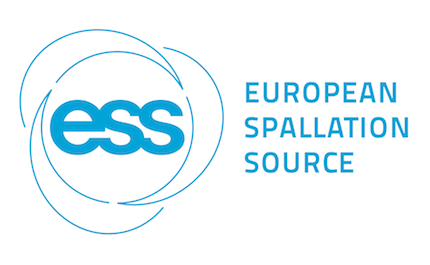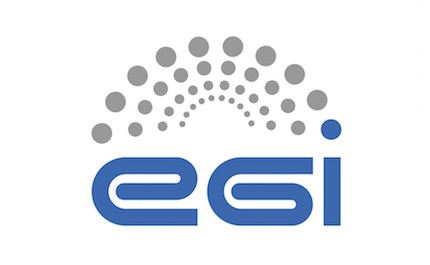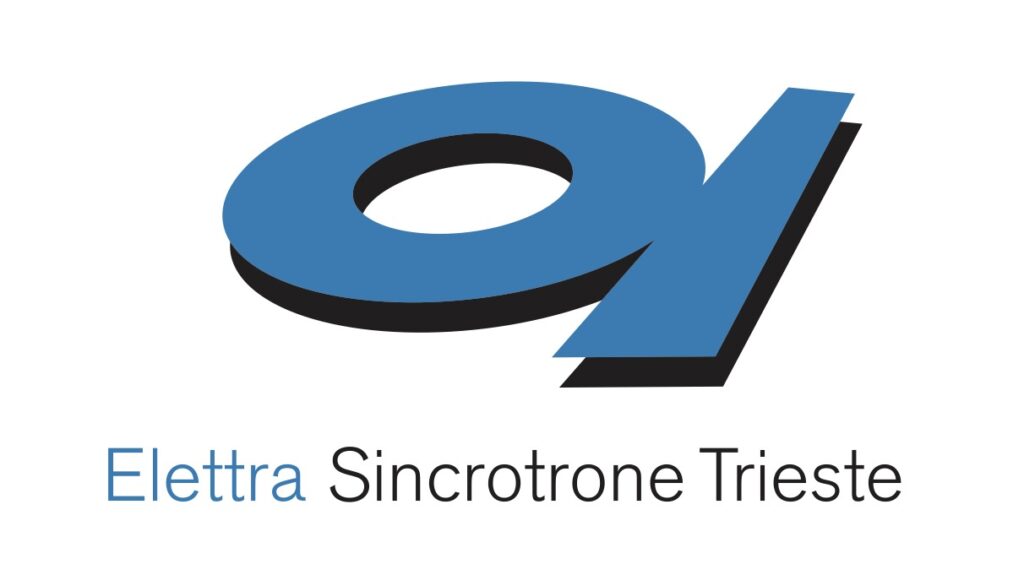ESRF – European Synchrotron Radiation Facility

The ESRF is the world’s most intense X-ray source and a centre of excellence for fundamental and innovation-driven research in condensed and living matter science.
The intense source of synchrotron-generated light produces X-rays 100 billion times brighter than the X-rays used in hospitals. These X-rays, endowed with exceptional properties, are produced at the ESRF by the high energy electrons that race around the storage ring, a circular tunnel measuring 844 metres in circumference.
Each year, the demand to use these X-ray beams increases and near to 9000 scientists from around the world come to “beamlines”, each equipped with state-of-the-art instrumentation, operating 24 hours a day, seven days a week. Located in Grenoble, France, the ESRF owes its success to the international cooperation of 22 partner nations, of which 13 are Members and 9 are Associates.










